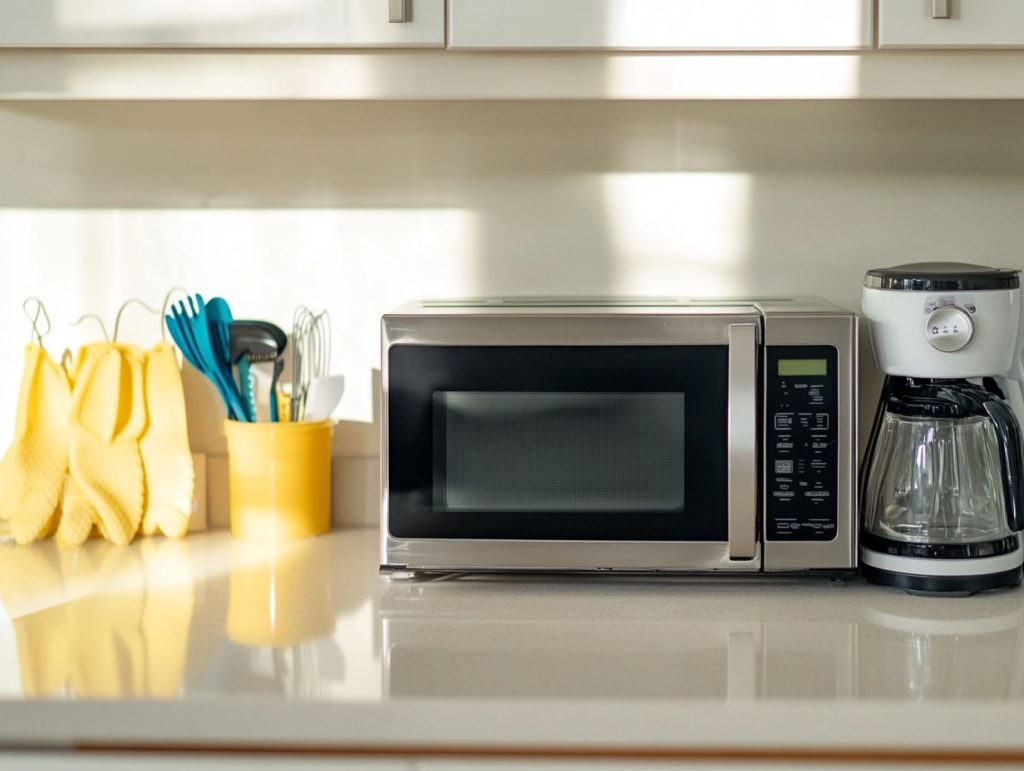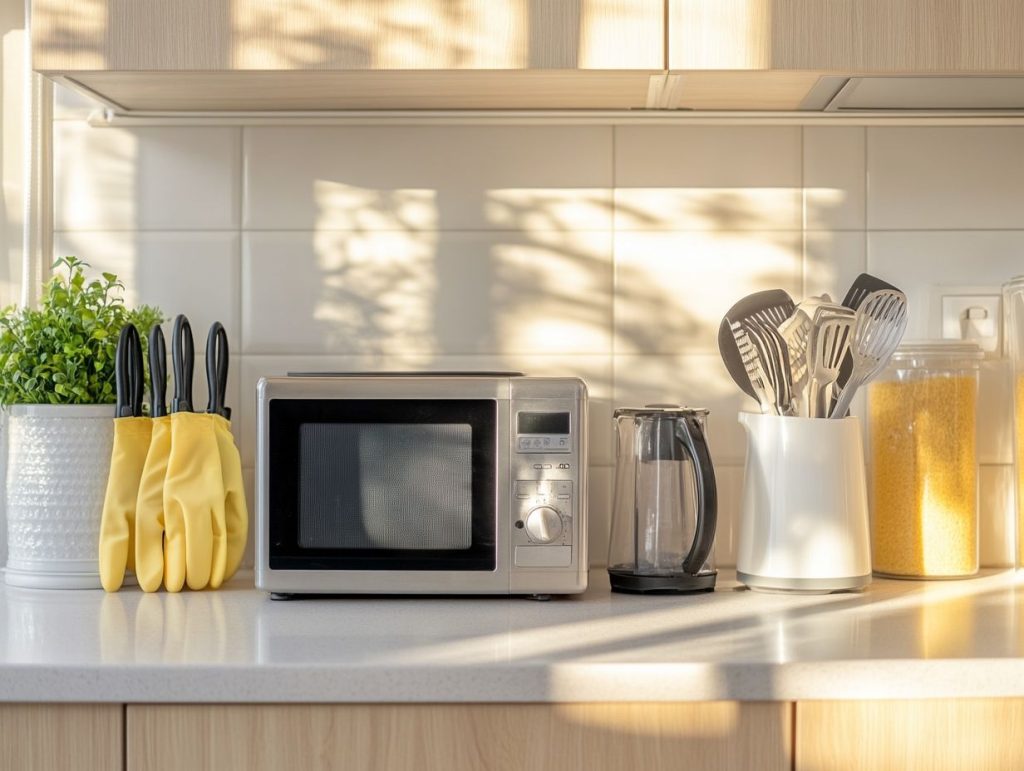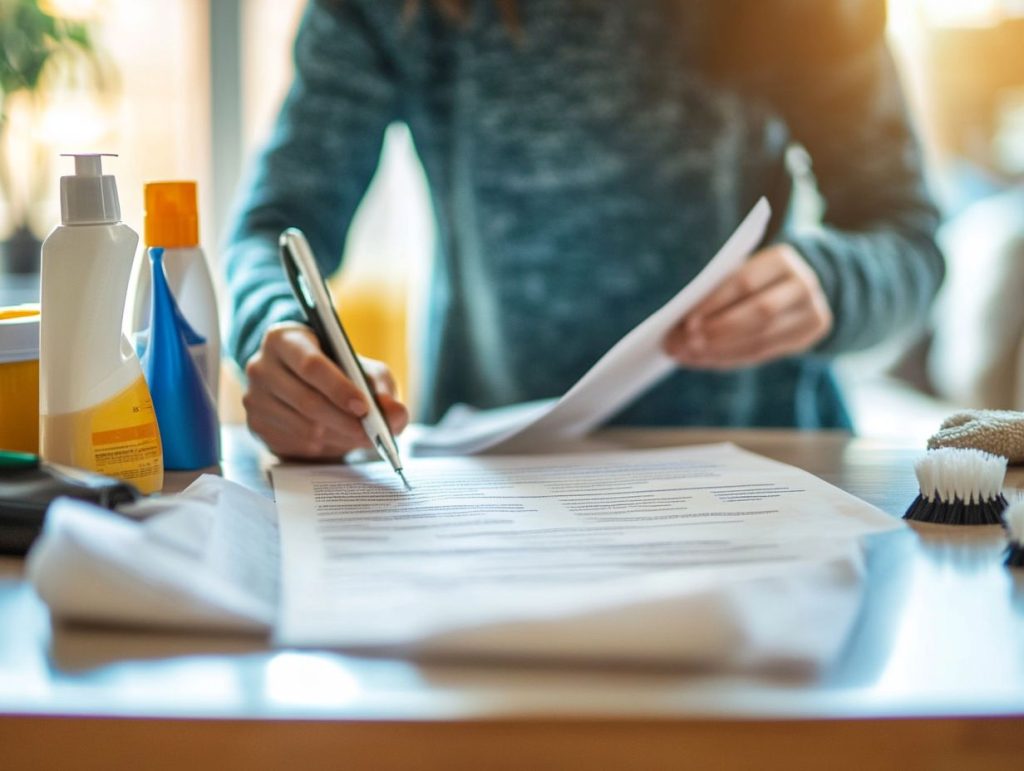Five Easy Tricks To Make Your Landlords Happy With Your Move-out Cleaning
I’ve spent a good chunk of my life watching tenants panic during their final hours in a flat. One stands out even now. I arrived at a small place in Shoreditch where a young couple looked ready to hand over their entire deposit as a “sorry we tried”. They had wiped things, sprayed things, and even lit a candle that smelled like wet lavender. The agent stood outside the door with a clipboard and a face that suggested she had already spotted trouble. I took one look around and knew they were closer to success than they realised. A few sharp tricks changed everything. The agent smiled. The couple gasped. Their deposit survived.
That day turned into one of my favourite examples of how easy this can be. Landlords want the same handful of things. They rarely ask for miracles. They want signs that you respected the place. They want to look around without spotting grime that jumps at them. They want their next tenant to walk into a home that feels fresh, neat, and cared for. You can give them that without losing days of your life or your sanity.
These five tricks are the same ones I use on professional end of tenancy jobs across London. They work for studios, big houses, student flats, and anything in between. If your checkout date looms, take a breath. You’re far closer to a smooth handover than you think.
Trick One — Make the Kitchen Look Like No One Ever Cooked There
Grease Control Without Tears
I’ve walked into spotless bedrooms and tidy hallways only to find kitchens that look like a pan-frying contest happened the night before. The kitchen sets the tone during checkout. A landlord sees a shiny worktop and already feels calmer. I focus on grease first because it lingers in corners you forget about. A damp cloth doesn’t lift half the grime on a hob. A quick scrub around the rings and the metal trim goes a long way. Cupboard doors often hide faint fingerprints, and a gentle wipe lifts them fast.
The extractor hood deserves attention too. A greasy hood screams “I barely cleaned anything”, even if you did everything else. I always give it a strong once-over, inside and out, and it pays off every time.
Oven Care That Impresses Any Inspector
The oven stands in its own league. I’ve met plenty of tenants who think a quick surface wipe counts. It doesn’t. The racks need scrubbing. The inner glass shows streaks that agents spot instantly. The door edges collect crumbs that somehow fuse into a dark crust. I usually break the oven down into parts. Racks out. Trays cleaned. Glass scrubbed. Any loose carbon removed.
A landlord who peers inside and sees a clear view straight to the back panel will warm to you instantly. That part alone often saves tenants from deductions.
Fridge and Freezer Freshness
Defrosting a freezer sounds like a pain, yet it makes a dramatic difference. A clean freezer with no frost build-up shows you didn’t leave things to rot. I pull the fridge drawers out and wash them in warm soapy water. The seals around the door demand attention too. A landlord who runs a finger along the edge and finds no crumbs will nod with approval. A neutral smell helps tie it all together.
Trick Two — Sort the Bathroom So It Actually Shines
Limescale Removal That Makes Agents Smile
London loves limescale. It builds on shower screens, taps, and anything that meets water. I arrive at plenty of flats where the tenant says, “I cleaned it this morning,” yet I can still scratch scale off the tap with my nail. A quick descaling session transforms the whole bathroom. A clear shower screen looks luxurious next to a cloudy one. A shiny tap looks new again. You can bet the inspector notices.
Grout, Mould and All the Bits People Ignore
Grout hides dirt in tiny lines that landlords inspect closely. I’ve had agents crouch and stare at a shower corner for far too long. A fast scrub with the right approach brings the whiteness back. I pay extra attention to silicone edges where mould loves to appear. That tiny black line near the bath can trigger a deduction faster than a whole shelf of dust.
Why a Smell-Free Bathroom Matters More Than You Think
A bathroom can look clean and still fail the “trust test” if it smells damp. I always check drains and bins first. A flushed-through drain makes a big difference. I wipe the extractor fan cover, since dust often clings to it and creates a stale odour. A fresh bathroom sets the tone for the entire inspection. No landlord enjoys stepping into a room that feels muggy or tired.
Trick Three — Sort the Carpets Before Anyone Starts Blaming “Wear and Tear”
Vacuuming That Actually Counts
A rushed vacuum leaves lines of crumbs in awkward spots. I go slow and steady because the carpet fibres lift better that way. High-traffic patches near doors or sofas need the most attention. I always check under radiators because dust loves those shadows. A carpet that sits evenly and feels fresh underfoot sends a clear message: you cared.
Spot Treatments That Stop Deposit Deductions
Small stains cause big trouble. I once saw a tenant charged over a tiny tea mark that would have come out with a simple dab and blot. A light hand works best with small issues. A gentle cleaner lifts fresh marks easily. I check the carpet labels before touching anything, since some carpets dislike water. You can stop half the potential deductions by sorting stains early.
When To Call the Pros Without Overthinking It
Some carpets need machine cleaning. A landlord expects professional results for old stains, pet smells, or heavy traffic areas. Most London agents even note it on their checkout list. A quick visit from a carpet cleaner saves stress and deductions. Many tenants try to handle everything alone, then regret it when the inspector frowns. A pro team knows how to lift deep dirt that a home vacuum never touches.
Trick Four — Windows, Walls and All Those Surfaces You Forgot About
Glass That Shows Zero Streaks
Clear windows change the way a whole room feels. A streak pulls the eye immediately. I use a simple method: clean the frames, then the glass. I always catch the sills because dust loves that spot. Even a tiny pile of grit near the latch annoys landlords. Clean windows make the place feel aired and bright.
Marks on Walls That Raise Eyebrows
Walls collect fingerprints, shoe scuffs, and random smudges that build up over time. A light wipe handles most of them. I avoid scrubbing too hard, since some paints mark easily. Pinholes from old posters sometimes need a quick filler. I take a step back and look at the wall as a whole. A wall that looks well kept tells the inspector you didn’t batter the flat.
Light Switches, Skirting Boards and Every Low-effort High-impact Spot
Light switches hold fingerprints that most tenants forget about entirely. Skirting boards collect dust in a long quiet line. These are small jobs that take seconds. A landlord touches switches during the inspection, so clean switches make them feel confident. A wiped skirting board makes the wall look sharper. These spots boost the whole home with almost no effort.
Trick Five — Prepare the Flat for Its “Showday” Moment
The “Walkthrough Mindset” That Helps You Think Like the Inspector
I always pretend I’m the landlord during my final pass. I walk into the flat and move through it in the same pattern an agent uses: kitchen, bathroom, living area, bedrooms. I check corners as I walk past them. I look at the top of door frames. I run a hand across the worktops. This trick helps you spot tiny things before they become deductions.
Fresh Air and Finishing Touches
Most empty flats feel stuffy. I open windows for a few minutes to lift the space. I pull blinds to let natural light show off the clean surfaces. I empty every bin and remove all rubbish. I wipe any fingerprints left on door handles from the cleaning process. A bright, fresh-smelling room creates the right mood immediately.
Keys, Manuals and the “I Didn’t Break Anything” Test
Landlords love organisation at checkout. I gather keys, fobs, and appliance manuals in one place. I once saw a tenant lose £150 for a missing oven tray manual, which felt harsh but shows how strict inspections can get. A neat stack of everything you’re returning proves you took care of the place.
Final Thoughts — How These Five Tricks Bring You Close to a Full Deposit Return
I’ve seen these tricks save tenants again and again. They keep things simple, tidy, and clear. A landlord wants to walk into a flat that doesn’t fight back. Your job is to make the home feel ready for the next person. These steps mirror the way I clean flats professionally, day after day, across the whole of London.
If you follow them with steady hands and a bit of patience, your checkout should go smoothly. Your landlord will walk through the flat, nod, smile, and close the door behind them with no fuss. Your deposit stands a strong chance of surviving the experience. And you get to walk away knowing you handled the move-out like a pro.



